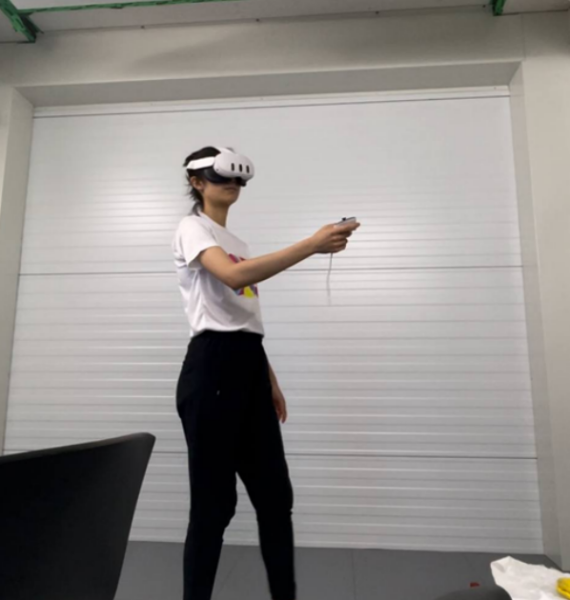Using all the senses!
To explore this research question, we propose “Thermal VR” . The utilization of VR in architecture is being studied by various research groups already (Milovanovic et al. 2017). The additional element we propose is to extend VR from being a merely audio-visual experience to also using the other bodily senses. Specifically, heat emitters will be spatially distributed in a VR room, such that environmental/climatic factors would be perceived by the VR designer and the impact on thermal comfort of design decisions could be experienced in real-time. Physics and machine learning based simulation models, as well as decision support concepts from computational intelligence (optimization and generative design) will be coupled with Thermal VR.
This project will contribute to the development of future innovative decision making processes in architecture. The global environmental crisis with climate change as its inexorable consequence is demanding for more sustainability in the built environment as one of climate change’s major drivers. In Switzerland, particularly, this means a drastic increase of mean temperatures and overheating risk in building – as can already be undeniably experienced on summer days in many buildings not designed for heat waves. However, thermal comfort is one of the major factors determining health, wellbeing and productivity in work spaces (Parsons, 2003)! The question arises whether the thermal comfort of many buildings would be better, had they been designed with a platform such as Thermal VR?
We hypothesize a drastic rethinking of the quality of architectural spaces when designers start using thermal sensation integrated into their decision making. Combined with ever increasing visual quality of computer graphics and 3D sound systems, a fully immersive, experimental design environment will be created with Thermal VR that captures the full spectrum of what the human body experiences, thus supporting a much richer creative process stimulating all senses and fostering designs that are truly environmental and contextual.
